Portulacaria namaquensis
Portulacaria namaquensis Sond. (= Ceraria namaquensis (Sond.) H.Pearson & Stephens, C. gariepina H.Pearson & Stephens)
Family: Didiereaceae
Common names: Namaqua porkbush (Eng.), wolftoon, Namakwariem, Namakwaspekboom (Afr.)
Introduction
Portulacaria namaquensis is an ascending, slow-growing shrub with pale creamy to yellowish or greyish, pencil-thin stems bearing many very short spur-branches (scar-like nodes) from which clusters of small succulent, greyish-green leaves grow. In summer it has very small pink to white flowers on short racemes. It grows widespread in the Lower Orange River Valley in the Bushmanland and Richtersveld regions. Best for desert gardens.
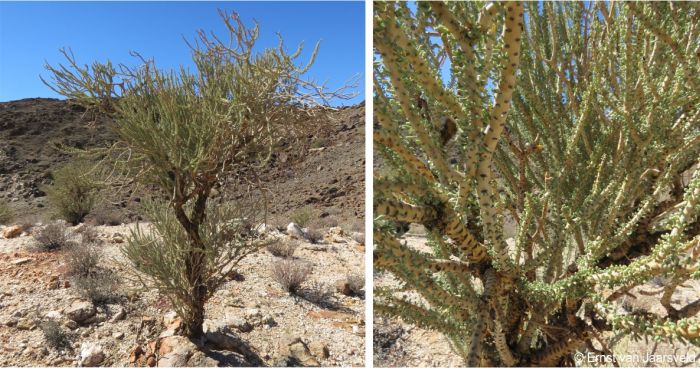
Fig. 1. A mature Portulacaria namaquensis plant growing among gneiss rocks near Swartkoppies Mine, and a close-up of the crown showing the often forked branching.
Description
Description
This is a tough, deciduous, slow-growing, succulent shrub usually to about 3 m tall, rarely up to 5 m, with a rounded to spreading crown. The sap is resinous and inflammable. The roots are succulent, bearing brownish maroon bark when exposed. Juvenile plants with spreading stems. Mature plants with a solitary main stem of which the leathery bark is peeling. Younger branches are about the thickness of a pencil, sometimes with forked branching, the bark pale creamy, yellowish to greyish, covered in conspicuous, somewhat regular, highly reduced spur-branches from which groups of leaves and peduncles appear. The greyish-green leaves grow up to 4 mm long, spreading, obovoid to club-shaped and somewhat flattened, in groups of 3 to 4, on sessile twigs. The leaf ends are blunt (obtuse).

Fig. 2. An illustration of Portulacaria namaquensis by Marieta Visagie, ex Swartkoppies Mine, Bushmanland, Northern Cape.
The racemes are axillary, short, to about 20 mm long, appearing from the spur branches, among the leaves, each bearing up to 7 flowers. Flowers with spreading pink to white petals and shortened bract-like calyces. The petals 5, oblong with blunt (obtuse) ends, to 2 mm long, becoming reflexed. The stamens arising from the petal base, slightly shorter than the petals. The anthers are dorsifixed, oblong and notched (emarginate at ends). The ovary is obovoid with short bifid style. The seed is winged. Flowering is in summer (December to February). Seeds are dispersed in autumn (January- March).
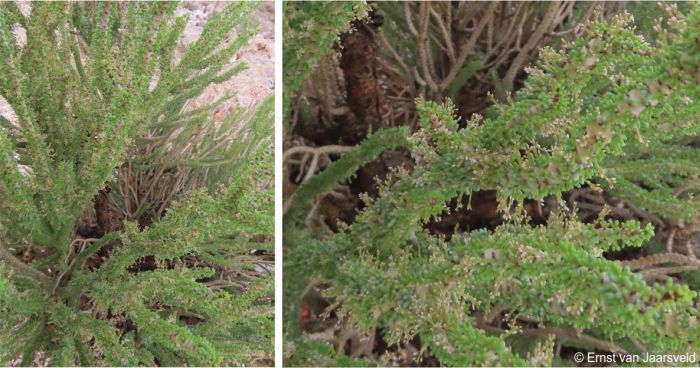
Fig. 3. Portulacaria namaquensis in flower.
Conservation Status
Status
Plants are widespread and not threatened. Consequently it was rated as Least Concern (LC) by the Red List of South African Plants.
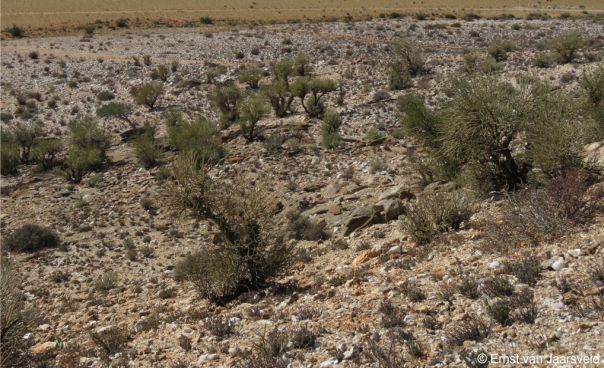
Fig. 4. Typical stand of Portulacaria namaquensis in Bushmanland near Swartkoppies Mine, growing in shale- and quartz-derived soils.
Distribution and habitat
Distribution description
Portulacaria namaquensis is only known from the Lower Orange River Valley on both the South African and Namibian side. It occurs from the Richtersveld to the Bushmanland region and east of Augrabies (Gordonia). It grows on various geological formations such as shale, quartz, granite or mica schist. Plants grow in Desert, in both the Namib Desert Bioregion and well as the Gariep Desert Bioregion. They are usually confined to quartz and granite outcrops. It is not uncommon and often found in stands dominating the slopes. Near Swartkoppies mine, Bushmanland, plants were observed on granite hills and plants often dominating parts of the landscape. They share their habitat with other succulents such as Commiphora capensis and C. gracilifrondosa, Kleinia longiflora, Aloidendron dichotomum, Aloe gariepensis, Euphorbia gariepina, Cynanchum viminale and Euphorbia dregeana. Other herbaceous perennials include Petalidium setosum, Rhigozum trichotomum, Hermannia stricta and the occasional shepherd’s tree, Boscia albitrunca. Rainfall is sparse and between 50 and about 100 mm per annum, during spring and autumn, occasionally in winter. The summers very hot, often during summer over 40°C. Winters are warm during the day and nights are cooler and rarely with some light frost.
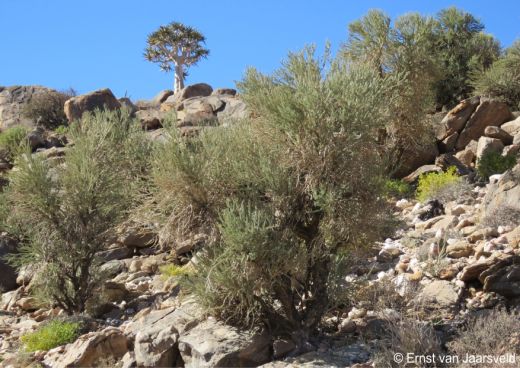
Fig. 5. A stand of Portulacaria namaquensis growing near the top of an exposed granite hill, sharing its habitat with Aloidendron dichotomum.
Derivation of name and historical aspects
History
Portulacaria namaquensis was named by Otto Wilhelm Sonder (1812–1881) in Flora Capensis in 1862 (2: 386) from plants gathered by Andrew Wyley. It was later also collected by Harold Pearson, before he became director of the Kirstenbosch National Botanical Garden in 1913, on the Percy Sladen Memorial Expedition in 1908–1911. Walter Percy Sladen (1849–1900) was a naturalist with a special interest in echinoderms and a fellow of the Linnean Society in London. After his death his wife helped with creating the Percy Sladen Memorial trust, which was administered by the Linnean Society. Pearson, however, thought his plant to differed from Portulacaria namaquensis, naming the plant, together with Edith Stephens, Ceraria gariepina in the Annals of the South African Museum in 1912. They collected their plant in Bushmanland between Kweekfontein and Augrabies.
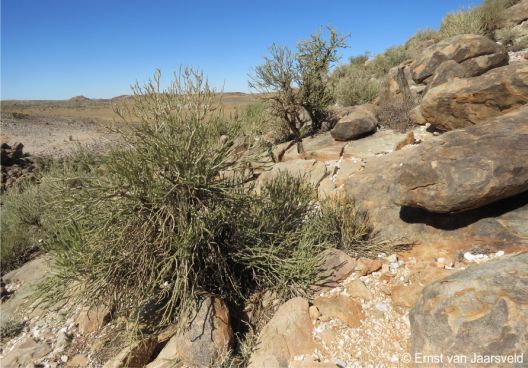
Fig. 6. The Namaqua porkbush, Portulacaria namaquensis, growing on the exposed northern slopes of a granite hill.
Portulacaria namaquensis resembles P. longipedunculata from north-western Namibia and south-western Angola. The latter also with small club-shaped leaves however with much more slender branches lacking in the distinctive and conspicuous, regular, highly reduced spur branches from where groups of leaves and peduncles appear.
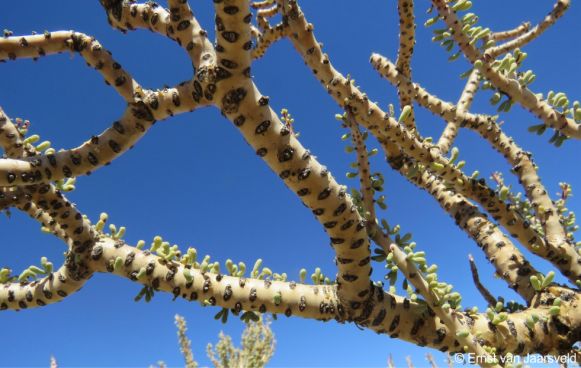
Fig. 7. The branches of Portulacaria namaquensis are characteristically covered with conspicuous, regular, highly reduced spur-branches from where clusters of leaves and peduncles appear.
Ecology
Ecology
Portulacaria namaquensis grows in very dry conditions and is an example of a shrub adapted to desert conditions with very sparse and unpredictable rainfall. Moisture is stored in its club-shaped succulent leaves, roots, and the leathery bark, and its growth is slow and conservative. The light coloured bark reflects the sun ensuring cooler stems. It can also become deciduous with dry conditions. The sexes are separate and flowers are pollinated by small insects. The winged seed are dispersed by wind. According to R.A. Dyer the nodose (knobby) scars or pulvinus (cushion-like swelling) nodes result in a scarred appearance. These scars represent highly reduced twigs.
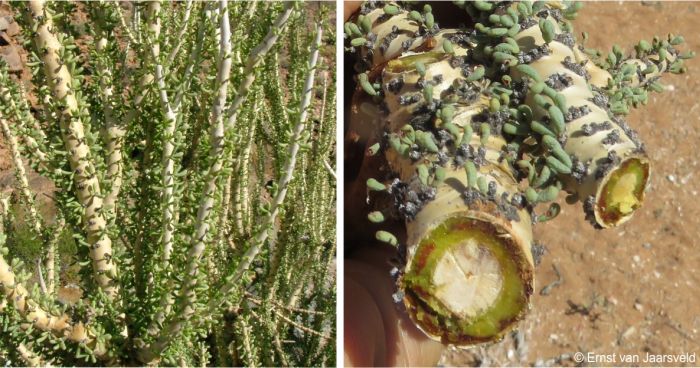
Fig. 8. A close-up of the branches of Portulacaria namaquensis, showing the pale bark and clusters of succulent leaves, and a cross-section of stems, showing the thick leathery bark.
Uses
Use
In former times the people who inhabited the Namaqualand region used to strip the bark, entire, off the young shoots and the resulting tube had elastic properties and was used to join two specially prepared sticks that were used to reach bee hives that couldn’t be reached by hand. When dry, the tube of bark made a perfect and very strong joint. Hence the Afrikaans name Namakwariem, a riem being a thong.
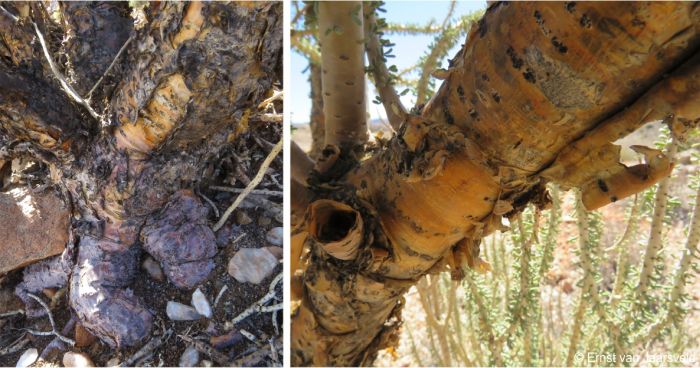
Fig. 9. The stem base of Portulacaria namaquensis, showing the succulent roots with brownish maroon bark, and a close-up of the peeling bark on the main stem.
Growing Portulacaria namaquensis
Grow
Portulacaria namaquensis is an attractive shrub but is best grown in hot and exposed desert gardens. Because of its size it can be grown as a focal point. Outside of its desert habitat, P. namaquensis is difficult and best grown in a greenhouse with controlled conditions. The soil should be a sandy gravel and well drained. Plants are slow growing.
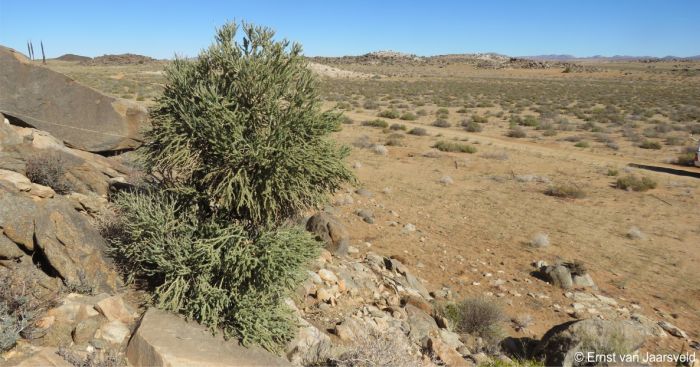
Fig. 10. Portulacaria namaquensis growing near the top of an exposed granite hill.
Propagation is from both cuttings and seed. Sow seed in autumn in a sandy, well-drained soil. The suggested mixture consist of 2 parts sand or gravel, 1 part loam and 1 part compost. Cover the seed with a thin layer of sand (1-2 mm thickness). As a rule of thumb seed can be covered 2 X the diameter of the seed. First moisten the medium and once sown, the seed will stick to the substrate. Add the sand. Germination is within 3 weeks and once well rooted transfer to individual containers. These can be planted out as soon as they are big enough to handle.
References
- Christenhusz, M.J.M., Fay, M.F. & Chase, M.W. 2017. Plants of the World, an illustrated Encyclopedia of vascular plants. Kew Publishing, Royal Botanic Gardens, Kew.
- Dyer. R.A. 1984. Ceraria namaquensis. Flowering Plants of Africa. 45: t. 1892.
- Mucina, L. & Rutherford, M.C. (eds) 2006. The vegetation of South Africa, Lesotho and Swaziland. Strelitzia 19. South African National Biodiversity Institute, Pretoria.
- Pearson, H.H.W. & Stephens, E.L. 1912. List of the plants collected in the Percy Sladen Memorial Expeditions, 1908-9, 1910-11: Portulacaceae. Annals of the South African Museum 9:30-35.
- Smith, C.A. 1966. Common names of South African plants. Memoirs of the Botanical Survey of South Africa No. 35. Government Printer, Pretoria.
- Sonder, O.W. 1862. Portulacaceae, Portulacaria namaquensis. Flora Capensis 2: 386. Hodges, Smith and Co., Dublin.
- Van Jaarsveld, E.J. 2010. Waterwise gardening in South Africa and Namibia. Struik, Cape Town.
- Von Staden, L. 2015. Portulacaria namaquensis Sond. National Assessment: Red List of South African Plants version 2020.1. Accessed on 2023/10/17.
Credits
Ernst van Jaarsveld
Kirstenbosch National Botanical Garden (Retired 2015)
Babylonstoren Farm
Extraordinary senior lecturer and researcher,
Department of Biodiversity and Conservation, University of the Western Cape
October 2023
Plant Attributes:
Plant Type: Shrub, Succulent
SA Distribution: Northern Cape
Soil type: Sandy, Loam
Flowering season: Early Summer, Late Summer
PH: Neutral
Flower colour: White, Pink, Cream
Aspect: Full Sun
Gardening skill: Challenging
Special Features:
Horticultural zones







Rate this article
Article well written and informative
Rate this plant
Is this an interesting plant?
Login to add your Comment
Back to topNot registered yet? Click here to register.